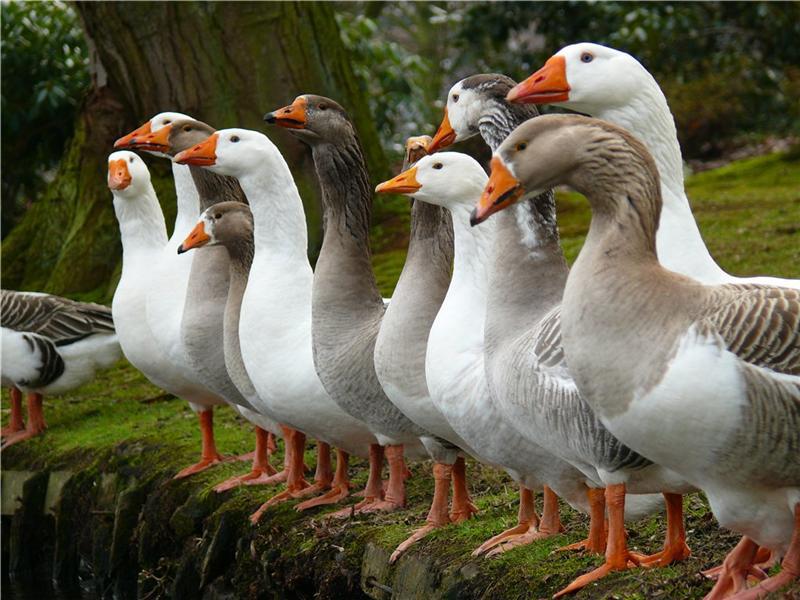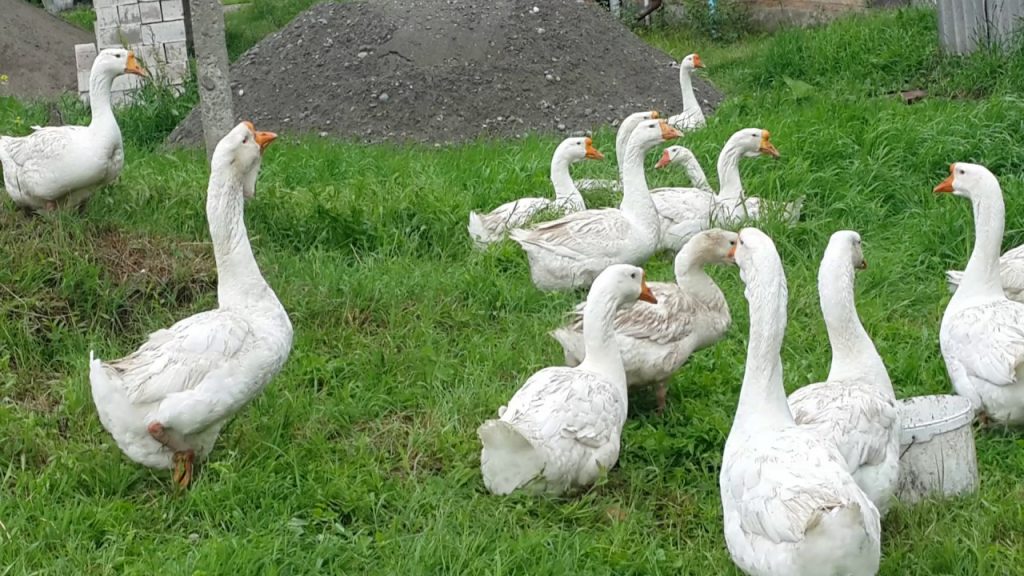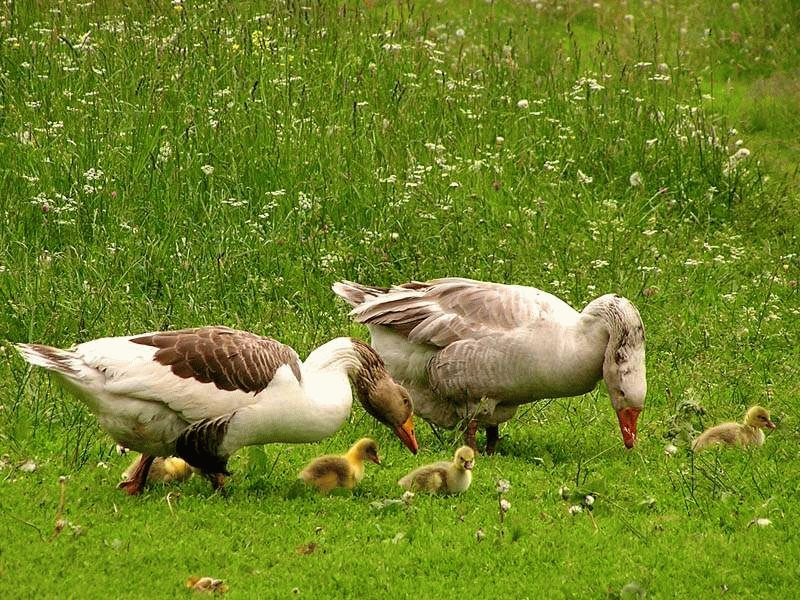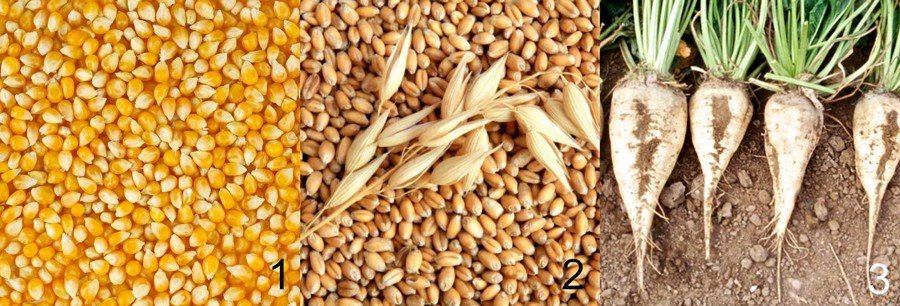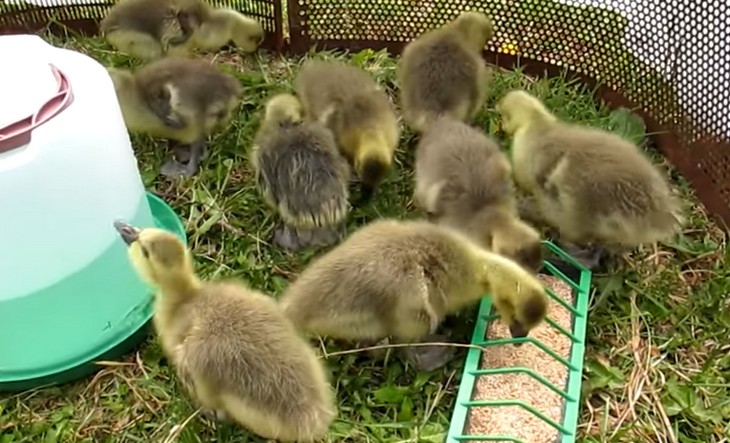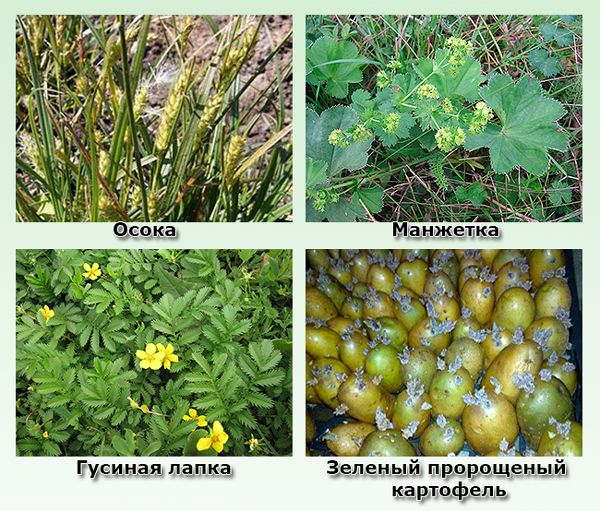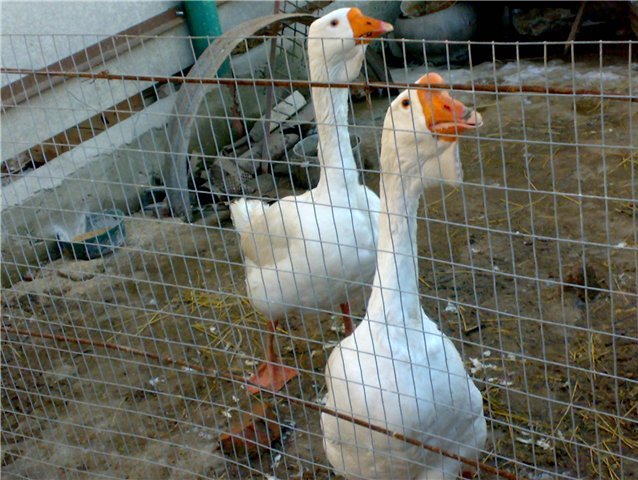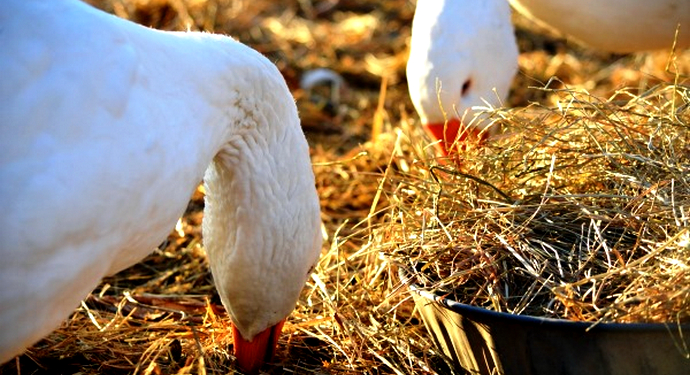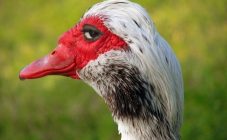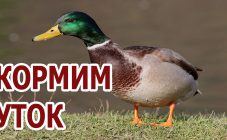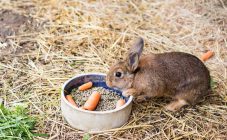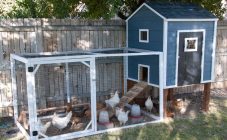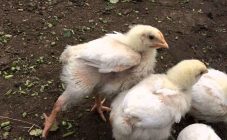Content:
Geese are unpretentious poultry in care. With properly organized content, they become an excellent help in the economy and can even be profitable. Despite the fact that geese are mainly herbivorous birds, a properly selected diet will help to improve the quality and quantity of meat. This article discusses in detail how to feed geese at home.
What can you feed geese
The nutritional requirements of geese differ from those of other poultry. In the wild, their natural conditions are pastures near the pond. At home, geese can eat dry, wet or combination food. The simplest and most budgetary option is rustic food.
What do geese eat at home:
- grass - up to 2 kg;
- vegetables - root crops and their tops, pumpkin and cabbage crops - up to 1 kg;
- a mixture of oats, barley, wheat - up to 300 g;
- reverse and serum.
Dry food is used when the supply of the other two types of food is limited. For this, milled cereals are used in equal proportions. The wet type of feed is preferable, it is a grain mixture diluted with water or skimmed milk. The mixture is infused for several hours, then chopped vegetables and herbs are added to it. A prerequisite for feeding geese is the presence of clean water, sand and small stones. You also need additives in the form of meat and bone or fish meal, feed yeast, vegetable fat and salt.
How to feed geese in summer
Summer time is the most favorable for keeping geese. If there is a pasture with a reservoir nearby, then this is ideal. Geese love to nibble on the grass they find under their feet. One adult goose needs 2 kg of fresh grass per day to cover the daily need for greenery.
The advantage of grazing is obvious - it is a serious saving in money and effort for feeding. In a pond or river, the bird eats small insects, worms and other small waterfowl. In summer, geese are fed once in the evening. Birds get used to the regime and come home on their own for evening feeding. Geese can feed on the pasture until the snow falls.
If there is no opportunity to graze, you will have to mow the grass and provide vegetables. Green feed per bird will need 0.7 kg, vegetables - 0.5 kg, grass meal - 0.3 kg. Whether it is possible to give oats to geese is of interest to many novice farmers. Oats must be given to geese, as well as wheat, millet (steamed or grind), ground or boiled peas, oilcakes and meal. In addition, chalk, table salt, sand, shell rock must be added to the diet. They are needed to meet the mineral requirements and improve digestion.
What grass do geese eat:
- legumes - clover, alfalfa, sweet clover;
- green cereals - rye, oats, wheatgrass, timothy grass, bluegrass, sow thistle;
- plantain, nettle, dandelions, etc.
Compound feed
In the summer, in the evening and especially in winter, geese need protein foods; compound feed is a good choice. Combined feeds are divided into types, depending on the age of the bird: for small goslings (1-3 weeks), grown goslings (from 4 to 8 weeks) and adults (from 8 weeks). The composition of the compound feed is close to the daily rate of each required ingredient. It frees the owner from the need to calculate the norms and make up the ration in accordance with the needs of the birds. However, this is quite a feasible task that even a novice farmer can handle.
Daily feed rate for an adult goose:
- grain - 73 g;
- corn or wheat flour - 17 g;
- bran - 50 g;
- hay - 100 g;
- carrots, sugar beets - 100 g each;
- chalk and / or shell - 1.5 g;
- salt - 2 g.
The needs of the goose before laying eggs are somewhat different.
The female needs about 500-550 g of food per day, consisting of the following ingredients:
- corn - 126 g;
- ground barley - 100 g;
- wheat bran - 16 g;
- cake - 5 g;
- fish meal - 300 g;
- feed yeast - 16 g;
- premix - 5 g;
- salt and tricalcium phosphate - 1 g each
Approximate feed composition for one gosling:
- corn - 150 g;
- barley - 10 g;
- wheat - 40 g;
- feed yeast - 2 g;
- fish (or meat and bone) and herbal flour - 5 g each;
- shell - 1.5 g;
- table salt - 0.3 g;
- sunflower meal - 15 g.
Many owners are interested in whether geese can be given bread. If this is not an old moldy piece left over from the master's table, then you can. But for a goose it is more a delicacy than a balanced diet. They can be fed to pets both soaked and dried.
Goose should not be fed fresh rye, as it causes diseases of the digestive tract of poultry. The rye should lie for at least three months, after which it is suitable for feeding geese.
What can not be fed to geese
Adults themselves determine what kind of grass they can eat, but individuals of the first weeks of life eat what they are given. Therefore, the herbal mass prepared for goslings should not contain poisonous herbs. These include: buttercups, datura, nightshade (including potato tops), henbane, wormwood, spurge, field mustard, rape, ragweed. In addition, geese do not eat common weeds: quinoa, beetle, sedge, and crow's feet.
In addition, the grass given to geese should not be treated with chemicals:
- pesticides, arsenic;
- fertilizers (urea, copper compounds, phosphorus);
- chlorine, mercury, etc.
Signs of poisoning - refusal to eat, discoloration of mucous membranes, convulsions. The bird staggers, it looks depressed, there is an urge to vomit. If symptoms are found, it is necessary to exclude from the diet the food that could have caused the poisoning, to water the bird abundantly. Rinse the stomach if necessary.
How to feed geese for weight gain
Meat is the main product obtained in the breeding of geese. For it to be tasty, half of the diet should be green food. The rest may consist of crushed grains, legumes, oilcake, vegetables. Legumes are a high-protein feed; when introduced into the diet, geese begin to gain weight well. When feeding geese with peas or lentils, the beans must be boiled first.
With intensive fattening, a goose of about 5 kg of weight can be raised in 10 weeks. At this time, it makes sense to limit the motor activity of the bird. For this, the geese are kept in cages with holes for free access to the feeder. The method requires a lot of effort from the owners, time, adherence to the diet throughout the feeding period. But the investment pays off with very rapid growth. This method works especially well for commercial farms. For personal use, it may be too cumbersome.
Some farmers use forced feeding before slaughter. For this, wheat or corn flour, bran, barley, salt are kneaded. The resulting dough is rolled into small balls and dried. Twice a day 3-5 balls are soaked in water, after which the goose is introduced into the mouth one by one and pushed along the esophagus with stroking movements along the neck. This way you can feed the bird with nuts and fruits. When fed in this way, the goose meat becomes very tender and tasty.
Village Housewives Tips
Factory feed may not be affordable for novice farmers or backyard owners.
How to feed geese at home in summer and winter without ponds, advice from rural housewives will tell you:
- For feeding geese, you can use small, unsuitable boiled potatoes. Only you can not give sprouts of sprouted potatoes to geese. You can train goslings to eat raw potatoes. To do this, it must be washed from dirt and crushed. From 10 days of age, add no more than 10% of the feed volume to the mash.
- Any waste left over from cooking can be used to feed the geese. They must first be boiled and grated, and then added to a damp mash.
- To prepare vitamin hay, the grass is harvested during flowering and dried in the shade. In the village, attics are used for this, where hangings are arranged. On them, the grass is laid out in a thin layer. The hay dried in this way retains the most vitamins. Store it in a dark place.
- You can harvest plant seeds that geese eat. The most suitable for this are the seeds of horse sorrel, quinoa, sweet clover, nettle, mouse peas, and chicken millet. The seeds are harvested when ripe, milled and added to the main feed. These supplies will help feed the bird in winter.
The choice of food for geese at home is huge, these are almost omnivorous birds. Grazing, kitchen and garden waste, substandard vegetables and fruits - everything will go to work. The main thing is not to forget about the safety of the bird: all feed must be fresh, without traces of mold, rot and pesticides. Then the geese will thrive and gain weight without taking too much of the farmer's time.
